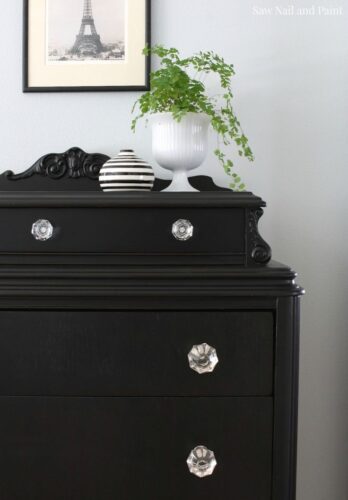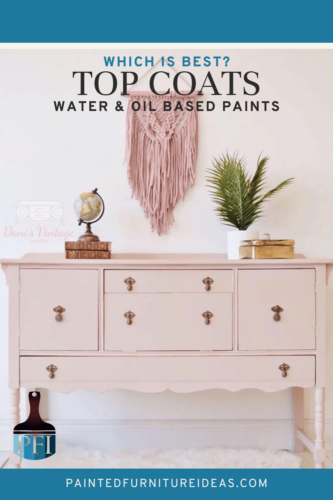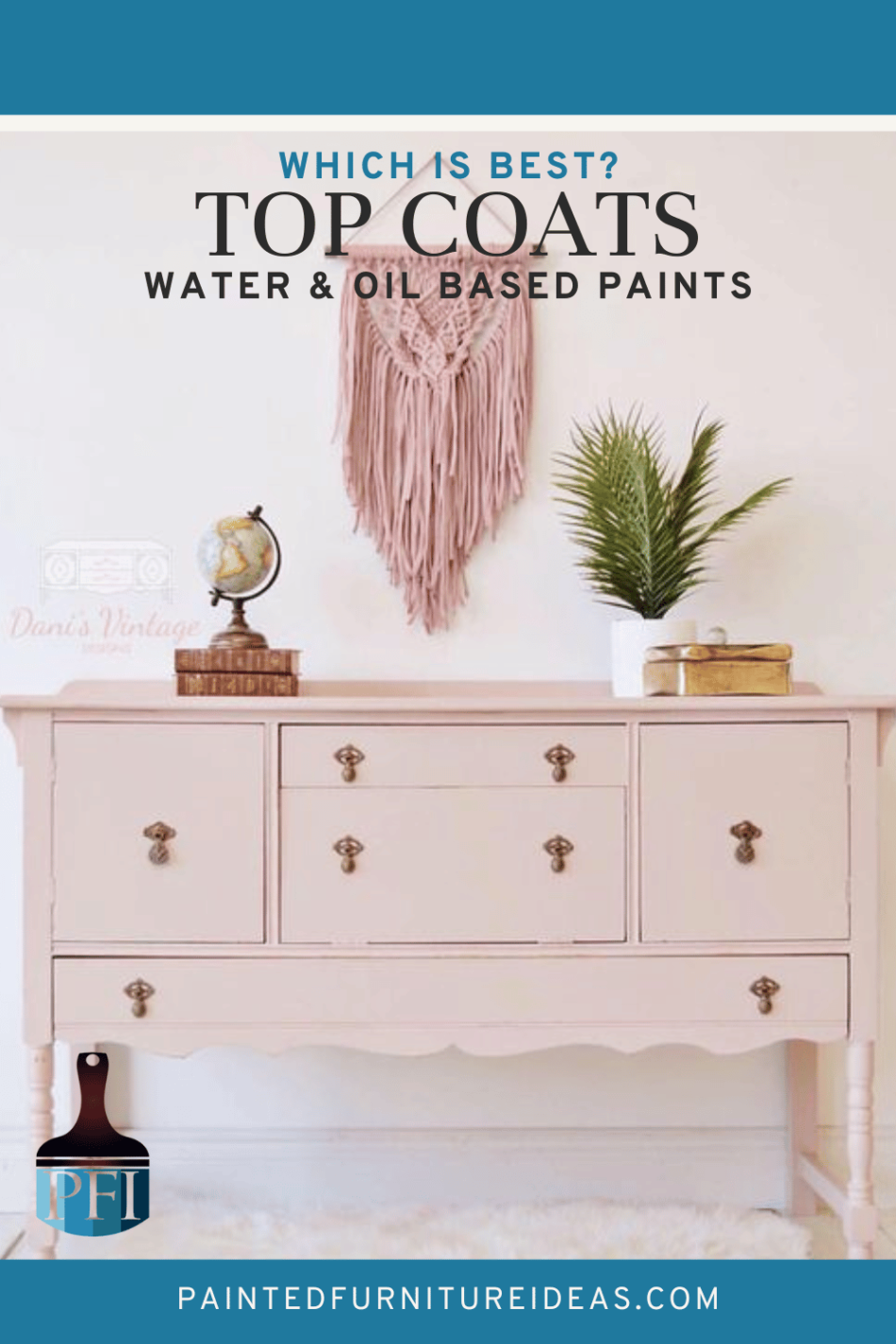When it comes to painting projects, choosing the right top coat is crucial for achieving a durable and aesthetically pleasing finish. Top coats serve as protective layers, safeguarding your painted surfaces from daily wear and tear. In this article, we’ll delve into the world of top coats for water and oil-based paints, exploring various options, application techniques, and the key differences between them.

Water-Based Top Coats: Versatility and Ease of Use
Water-based top coats are gaining popularity for their low odor, quick drying time, and ease of application. They are compatible with both water and acrylic-based paints, making them a versatile choice for a wide range of projects. Common water-based top coats include water-based polyurethane, acrylic sealers, and polyacrylic.
Applying Water-Based Top Coats:
- Clean Surface: Ensure your painted surface is clean and free of dust or debris.
- Sand lightly: Lightly sand the surface with fine-grit sandpaper to promote adhesion.
- Stir thoroughly: Stir the water-based top coat thoroughly to achieve an even consistency.
- Brush or spray application: Use a high-quality brush or sprayer for an even application.
- Thin coats: Apply thin, even coats, allowing sufficient drying time between each layer.
Durability of Water-Based Top Coats:
- Scratch Resistance: Water-based top coats provide good scratch resistance, but may not be as durable as oil-based options.
- UV Protection: Some water-based top coats offer excellent UV protection, preventing your paint from fading over time.
- Ease of Maintenance: Easy to clean and maintain, making them ideal for high-traffic areas.
Oil-Based Top Coats: Classic Durability and Richness
Oil-based top coats have been a traditional favorite for their durability, high gloss finish, and richness. They are ideal for projects where a deep, lustrous appearance is desired. Common oil-based top coats include oil-based polyurethane and varnishes.

Applying Oil-Based Top Coats:
- Well-Ventilated Area: Work in a well-ventilated space due to the strong odor of oil-based products.
- Smooth Surface: Ensure your painted surface is smooth and free of imperfections.
- Brush or cloth application: Use a high-quality brush or lint-free cloth for application.
- Avoid Overworking: Apply in thin, even coats, avoiding overworking the product to prevent streaks.
- Longer Drying Time: Allow for longer drying times between coats compared to water-based alternatives.
Durability of Oil-Based Top Coats:
- Hardness and Durability: Oil-based top coats are known for their hardness and exceptional durability, making them suitable for high-traffic areas.
- Yellowing Over Time: Some oil-based products may yellow over time, especially in areas with limited sunlight exposure. Never paint white furniture with oil paint for this reason.
- Scratch Resistance: Offers superior scratch resistance, providing long-lasting protection.
Choosing the Right Top Coat: Factors to Consider
When deciding between water and oil-based top coats, consider the specific needs of your project.
Project Type:
- Furniture: Water-based top coats are excellent for furniture projects due to their quick drying time and ease of use.
- Wood Floors: Oil-based top coats provide superior durability for high-traffic areas like wood floors.
Appearance:
- Matte or Gloss Finish: Water-based top coats often yield a matte finish, while oil-based options offer a glossy appearance.
- Natural Wood Look: Oil-based top coats enhance the natural wood color, giving a warm and classic aesthetic.
In the realm of top coats for water and oil-based paints, each option brings its unique strengths to the table. Water-based top coats offer versatility and ease of use, while oil-based counterparts provide classic durability and a rich finish. When choosing the right top coat for your project, consider factors such as the project type, desired appearance, and environmental impact. Whichever you choose, a carefully selected top coat will be the final brushstroke that elevates your painted surfaces to new levels of durability and aesthetic appeal.






